Lewisham Council agree to extend licensing of private landlords
Lewisham Council have agreed to extend landlord licensing to cover more homes in the borough.
The plan is to extend selective licensing to all private rental properties in 20% of wards across the borough. Those wards will be chosen based upon reported issues with housing conditions.
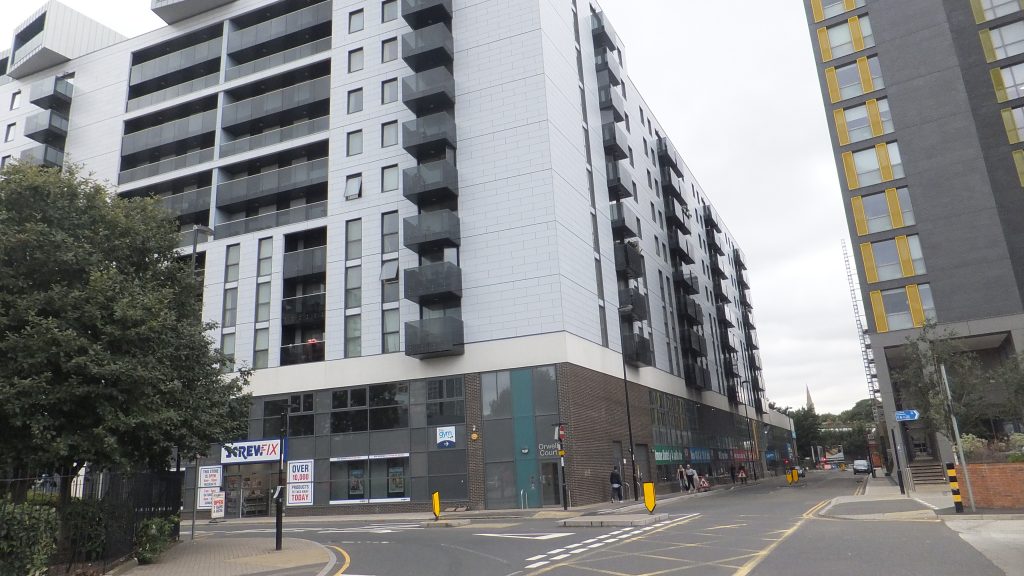
Other councils
Before 2015 councils could license 100% of all private rental homes borough-wide, and councils such as Newham and Croydon did so. The Conservative Government then curtailed that to 20% of housing in a borough.
Licensing 20% of all private rentals in a local authority can be in addition to licensing all Homes of Multiple Occupation borough-wide.
Bexley Council are also looking at licensing all HMOs and up to 20% of other private rentals in the borough through their “rent it right”scheme. They are now consulting and 20% of wards would cover Thamesmead, Belvedere, Abbey Wood and Erith.
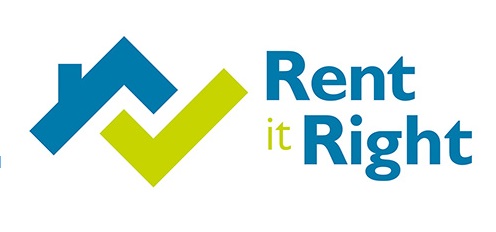
Greenwich Council have only opted to license HMOs and not 20% of other private rentals despite many reported issues. Many councillors have continually blamed central government for housing issues (in many cases with some justification) yet have not utilised this measure available to them.
Click here to see a document which lists schemes by borough (starting from page 12) which shows that Greenwich have one of the weakest regulatory schemes in London.
Lewisham Council did too, but this move changes that. They also agreed to the introduction of the Civil Penalty Notices as an additional tool to tackle poor standards in the Private Rented Sector.
One criticism often levelled by landlords is that fees will mean increased rents. There’s been little correlation between rents and areas where it has been enacted.
The sums are small compared to overall rent levels and landlords have benefited from very low interest rates alongside low mortgage rates due to Bank of England schemes. Tenants have had very few protections or government assistance.
Increase in private rentals
Across Lewisham 30,000 homes are now privately rented, which is 25% of the entire housing stock.
The increase of landlords across London has been rapid over the past two decades. Many social homes sold under right-to-buy have ended up in the hands of private landlords charging tenants substantially higher rent.
Housing benefit often picks up the cost difference, if a person is eligible to claim. Housing benefit costs the taxpayer at least £25 billion every year.
And if a person is not eligible then they must pay high levels of wages in rent payments resulting in less disposable income. That’s less money to shops, bars, restaurants in local areas to obvious effect.
Bank of England
Finally, the growth has been exacerbated by the Bank of England. Under Mark Carney have created various schemes to offer cheap money to banks. Funding for Lending is one such measure. Ostensibly it was supposed to be lent to small business.
In reality, much “small business” lending by banks has gone to landlords whose speculation have driven up house prices beyond the reach of owner occupiers, and in particular first time buyers who are stuck in expensive rentals.
Despite this, regulation from the Bank has been minimal.
A tipping point has been approaching for quite a while now, hence the moves to address problems.
In February 2017 Lewisham Council enacted some small-scale regulatory measures relating to HMOs above commercial premises where “at least three people are living in two or more households, or poorly converted privately rented self-contained flats”.
Central government and Mayor of London action
Central government have been slow to address problems in the sector but have now taken modest steps. The 2017 election seems to have woken some to the growing issue.
They confirmed plans to widen mandatory licensing of HMOs to exclude the 3-storey requirement whilst retaining the threshold at a minimum of 5 people. This is due in April this year. Fines of £30,000 could follow if landlords do not comply.
The Mayor of London has also enacted some modest steps. In November 2017 a new online database was established that will “name and shame” rogue landlords. It lists criminal landlords and letting agents who have been
prosecuted for housing offences.
So belatedly more and more measures are incoming to push up standards, from both Labour and Conservative councils. Central Government are also adopting more measures, albeit slowly.
As the percentage of private tenants grows ever higher and the impact of poor landlords and badly maintained properties spreads further into suburbia and owner-occupied areas, measures appear set to only increase.
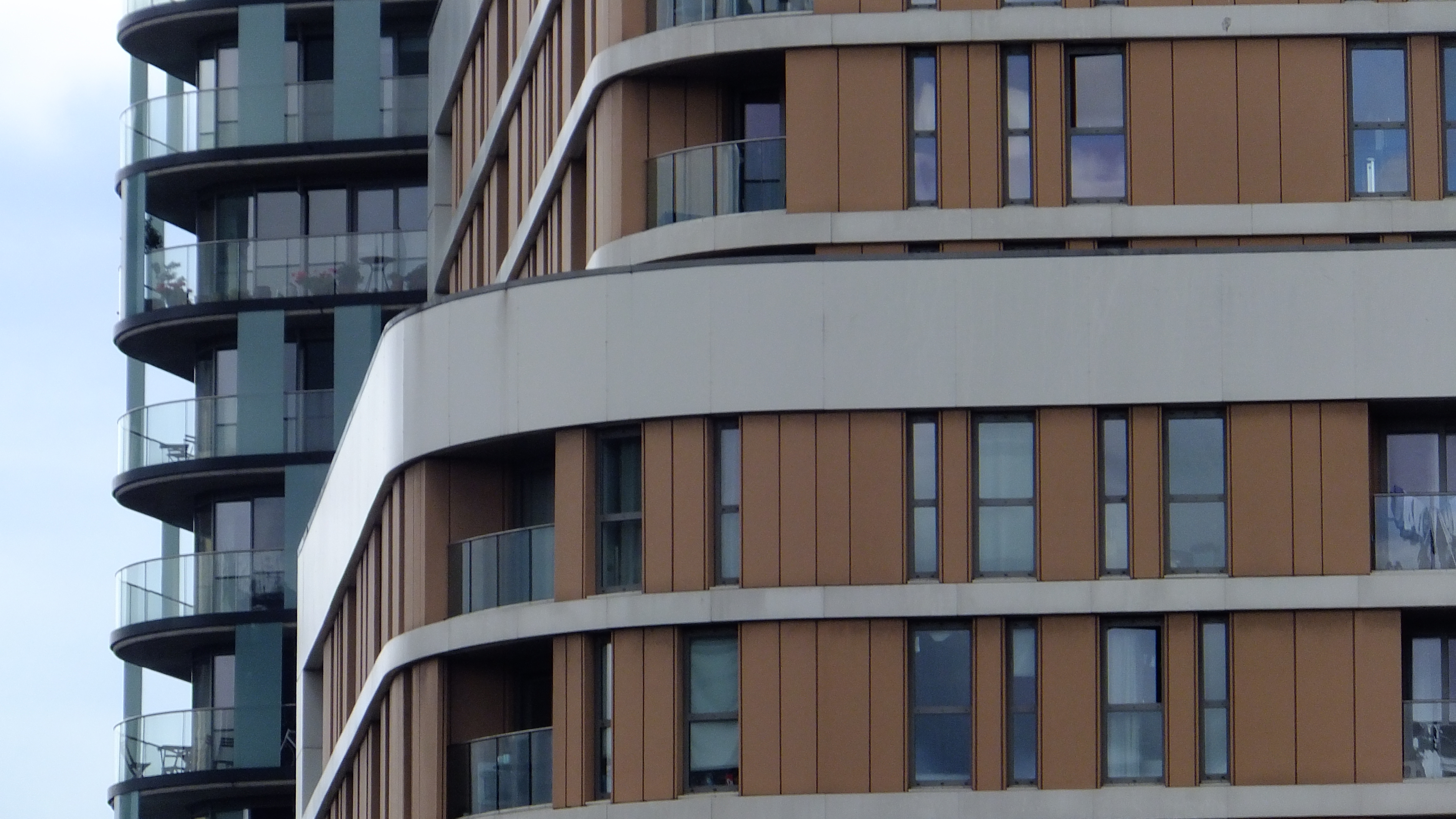
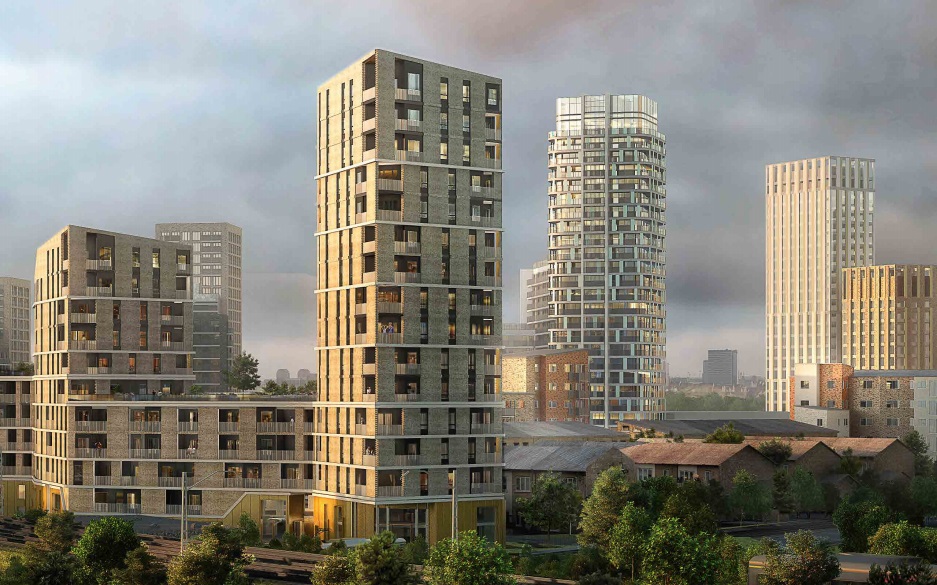
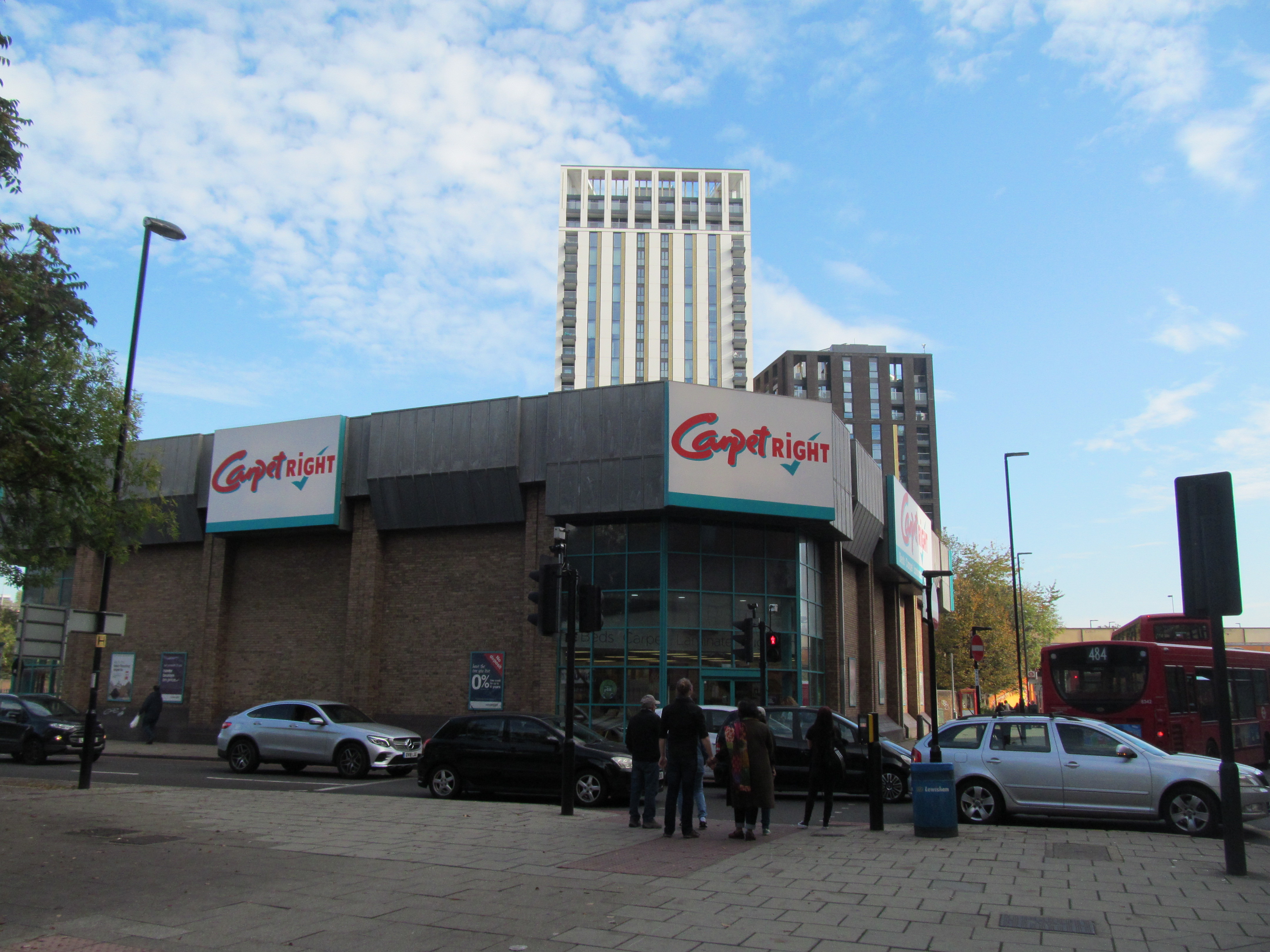
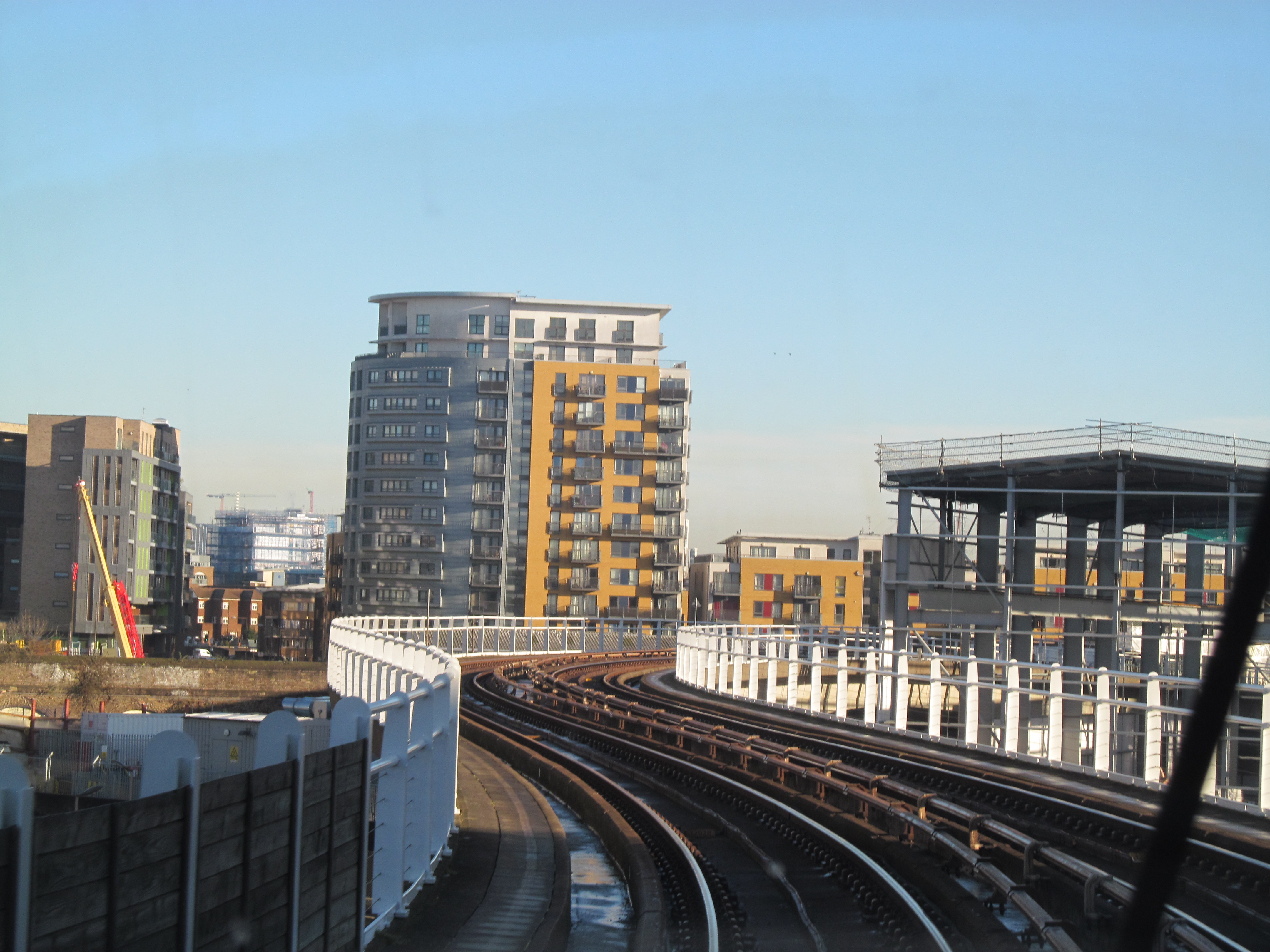
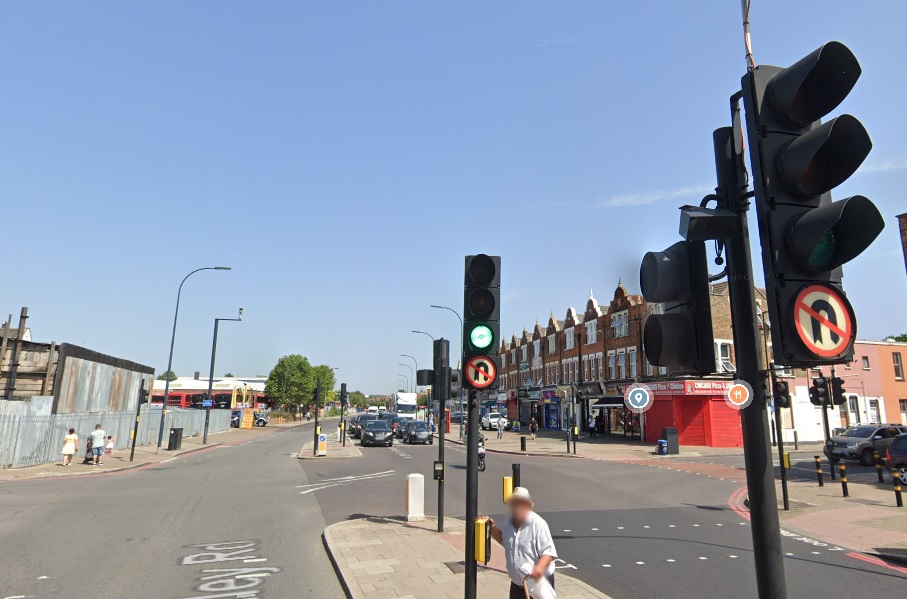

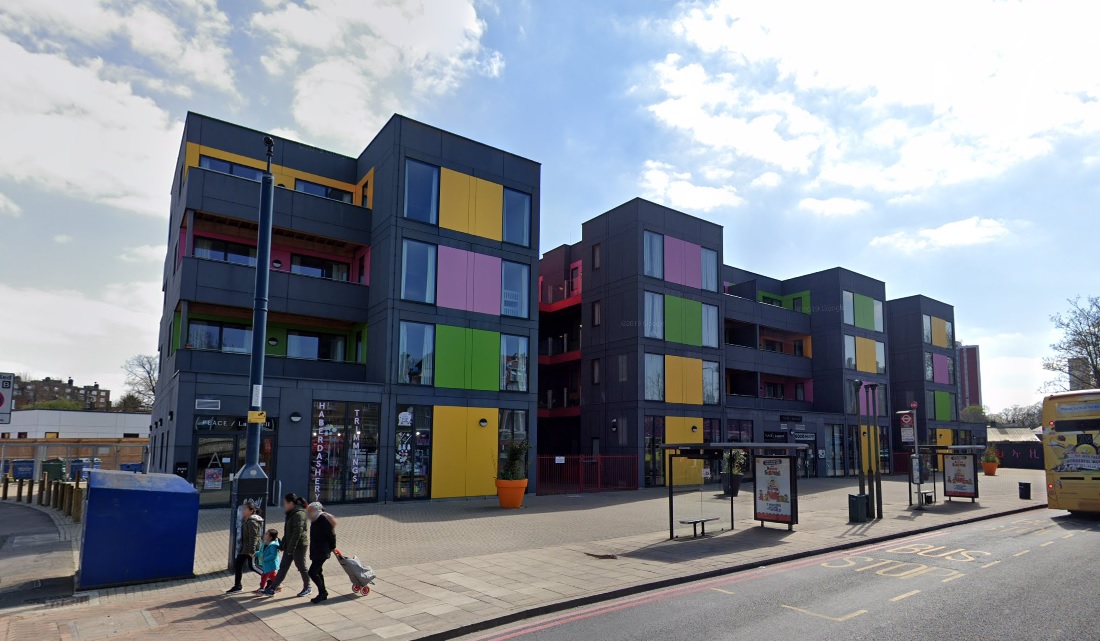
Pingback: Just 2.6% of estimated HMO landlords so far registered in Greenwich borough – From The Murky Depths